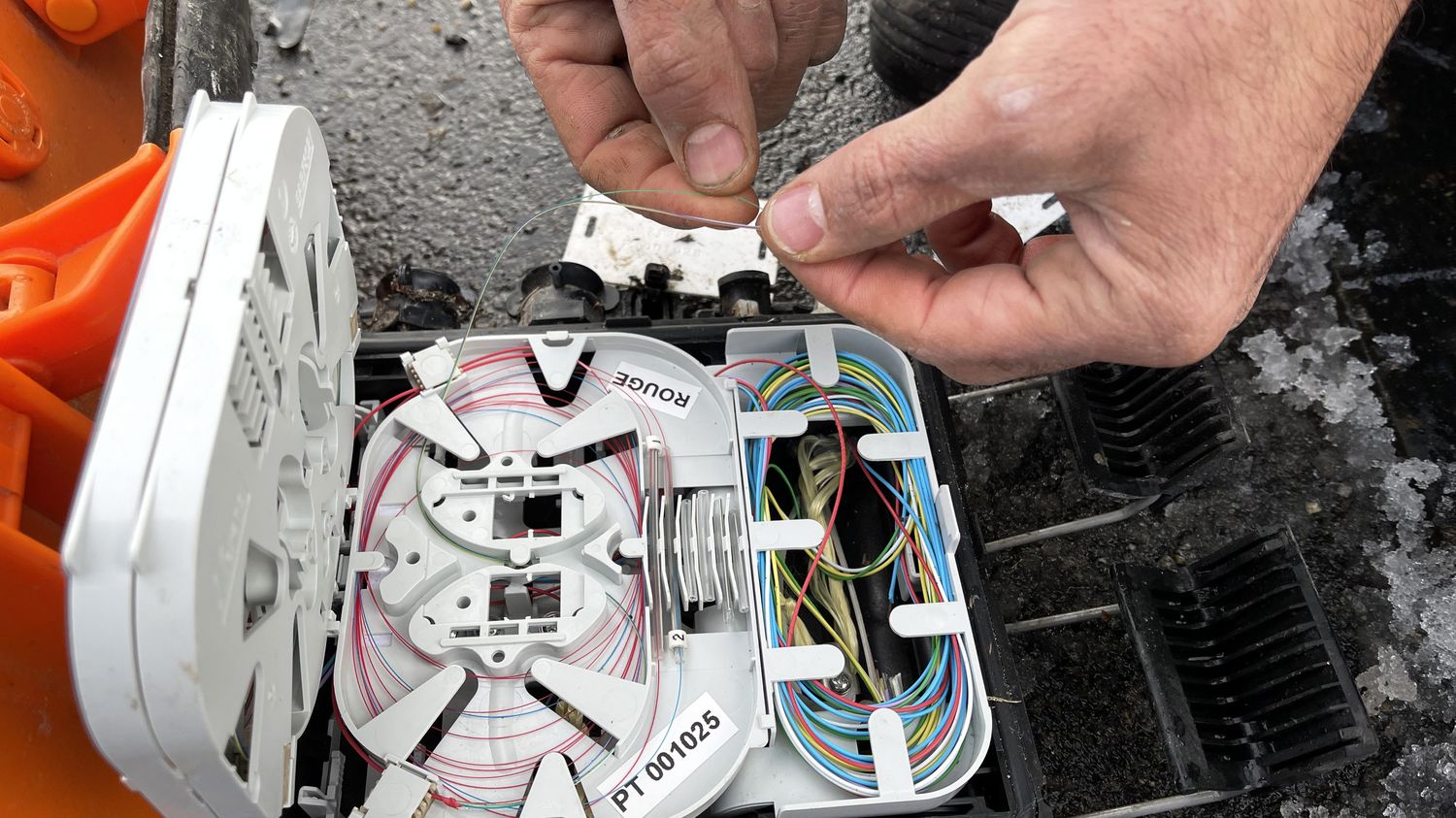The France Very High Speed Plan is “the largest industrial project of the beginning of the century” in France, according to Jean-Noël Barrot. The objective, in 2013, was very high speed for all, at the end of last year. Very high speed is there, but for only four out of five French people.
Published
Update
Reading time: 2 min

Thanks to this major regional development plan of 20 billion euros, we have connected up to 20,000 homes and businesses per day to optical fiber in the home stretch, that is to say the years 2021- 2022, with an average of 10,000 connections per day for 10 years.
The objective, on February 28, 2013, was very high speed for all by the end of 2022. Today, the government claims to have achieved the objective “without calendar slippage and without budgetary slippage”. In reality, we are not completely there.
First of all, 36 billion euros have already been invested, between the State, local authorities and public and private operators. And then, ask the occupants of all these isolated houses, in the countryside and in the mountains, which are at the end of the copper line, for which ADSL does not work, which have not been connected to optical fiber, and which probably never will be, even if the next stage of the plan foresees “the generalization of fiber at the end of 2025”.
Those forgotten by very high speed also sometimes combine with being in “white zones”, and therefore having little or no access to 4G/5G via the mobile network.
Fiber, VDSL 2, 4G/5G or satellite
When we talk about very high speed, what are we talking about? The objective, in 2013, was a speed of 30 Megabits per second, via different means. The ideal, of course, the fastest, is optical fiber, but we also include VDSL 2 which passes through traditional copper telephone lines, fixed 4G and 5G and, more recently, Internet access by satellite.
So why 30 Megabits per second, and what can we do with it? First of all, browse the web easily and fluidly, but also exchange large files, videoconference, download music in a few seconds, a movie in less than two minutes, not to mention access to platforms like Netflix, which arrived in France in 2013, the year of the launch of the Very High Speed Plan.
84% of the territory covered by very high speed
At the latest official count, cited by Jean-Noël Barrot this Wednesday from the Dordogne, there are 36.2 million sites connected or eligible for fiber, for only 20.6 million subscribers. And therefore, more than 15 million potential beneficiaries of fiber do not benefit from it, either because they do not feel the need, or because of the necessary work. For others, the minister insisted: since fiber is at your doorstep, ask for it.
In proportion, the current deployment corresponds to 84% of the territory, and to 4 out of 5 French people. To reach 100%, the deployment of fiber will therefore continue, in particular with operators including Orange which suffered, last month, a fine of 26 million euros from ARCEP, the telecoms watchdog, for dragging its feet in the least dense areas.
Finally, for those who are tired of waiting for wired high speed, the new option is satellite Internet access: with Starlink, Elon Musk’s network, but also Orange’s new offer with Nordnet for less than 50 euros per month. Possible aid – The Very High Speed Plan direct reduction on the bill from 300 to 600 euros –– are available via the digital cohesion desk website, launched in 2019 by Edouard Philippe.
